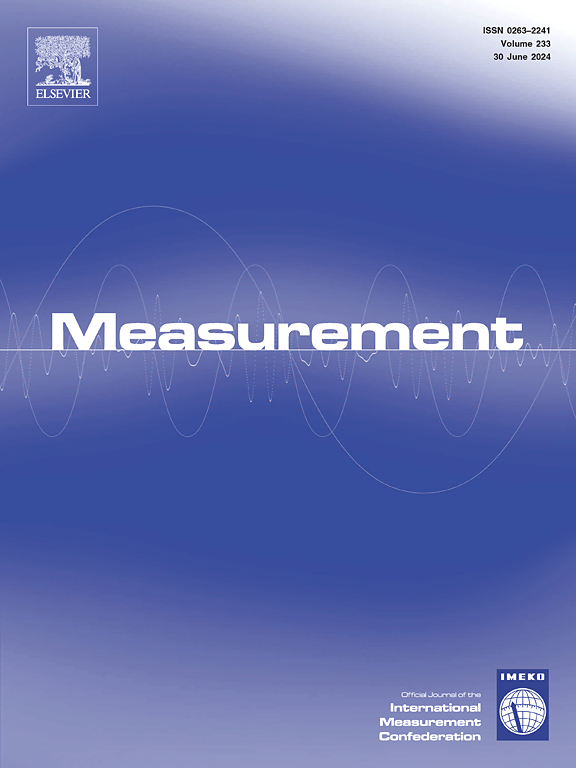Calculation method of wilting index for the soybean canopy based on the three-dimensional Fourier transform
IF 5.2
2区 工程技术
Q1 ENGINEERING, MULTIDISCIPLINARY
引用次数: 0
Abstract
Drought stress significantly affecting soybean yield, thus, rapid detection of phenotypic traits for the soybean canopy is crucial for the breeding and cultivation. Traditional methods in the determination of soybean wilting index have the problems of cumbersome and time consuming, thus, a calculation method of wilting index was proposed for the soybean canopy based on three-dimensional (3D) Fourier transform. First, the Kinect 2.0 sensor was used to acquire the 3D point cloud data of the soybean canopy, and the filter integration algorithm was applied to remove the invalid point cloud. Second, a height-based slicing algorithm was used to convert the 3D spatial structure of the canopy into a 2D image sequences. Third, a constraint function based on spectral features was constructed to select the optimal sequence position as 1/2 of the canopy, which realized a 3D Fourier transform algorithm of the soybean canopy. Finally, a 3D Fourier transform-based soybean wilting index was proposed based on the proportion difference of the direct component (DC) and the spectral radius energy to the total energy in the 3D canopy based on the normal water treatment (NWT) and the drought stress treatment (DST). The result showed that the test coefficient of the significant difference reached 1.12 × 10−7 under NWT and DST, and the determination coefficients between the calculated wilting index and the corresponding mean leaf inclination were all above 0.83. The research result can accurately characterize the wilting degree, and provide technical support for irrigation, seed examination of the drought soybean plant.

基于三维傅里叶变换的大豆冠层萎蔫指数计算方法
干旱胁迫对大豆产量有显著影响,因此快速检测大豆冠层表型性状对育种和栽培至关重要。针对传统的大豆萎蔫指数测定方法繁琐、耗时等问题,提出了一种基于三维傅里叶变换的大豆冠层萎蔫指数计算方法。首先,利用Kinect 2.0传感器获取大豆冠层三维点云数据,采用滤波积分算法去除无效点云;其次,采用基于高度的切片算法,将冠层的三维空间结构转换为二维图像序列;第三,构建基于光谱特征的约束函数,选择最优序列位置为冠层的1/2,实现了大豆冠层的三维傅里叶变换算法;最后,在正常水分处理(NWT)和干旱胁迫处理(DST)的基础上,基于直接分量(DC)和光谱半径能量占三维冠层总能量的比例差,提出了基于三维傅里叶变换的大豆萎蔫指数。结果表明,NWT和DST处理显著性差异的检验系数p达1.12 × 10−7,计算的萎蔫指数与相应的平均叶倾之间的决定系数R2均在0.83以上。研究结果可准确表征干旱大豆植株的萎蔫程度,为干旱大豆植株的灌溉、种子检验提供技术支持。
本文章由计算机程序翻译,如有差异,请以英文原文为准。
求助全文
约1分钟内获得全文
求助全文
来源期刊

Measurement
工程技术-工程:综合
CiteScore
10.20
自引率
12.50%
发文量
1589
审稿时长
12.1 months
期刊介绍:
Contributions are invited on novel achievements in all fields of measurement and instrumentation science and technology. Authors are encouraged to submit novel material, whose ultimate goal is an advancement in the state of the art of: measurement and metrology fundamentals, sensors, measurement instruments, measurement and estimation techniques, measurement data processing and fusion algorithms, evaluation procedures and methodologies for plants and industrial processes, performance analysis of systems, processes and algorithms, mathematical models for measurement-oriented purposes, distributed measurement systems in a connected world.
 求助内容:
求助内容: 应助结果提醒方式:
应助结果提醒方式:


